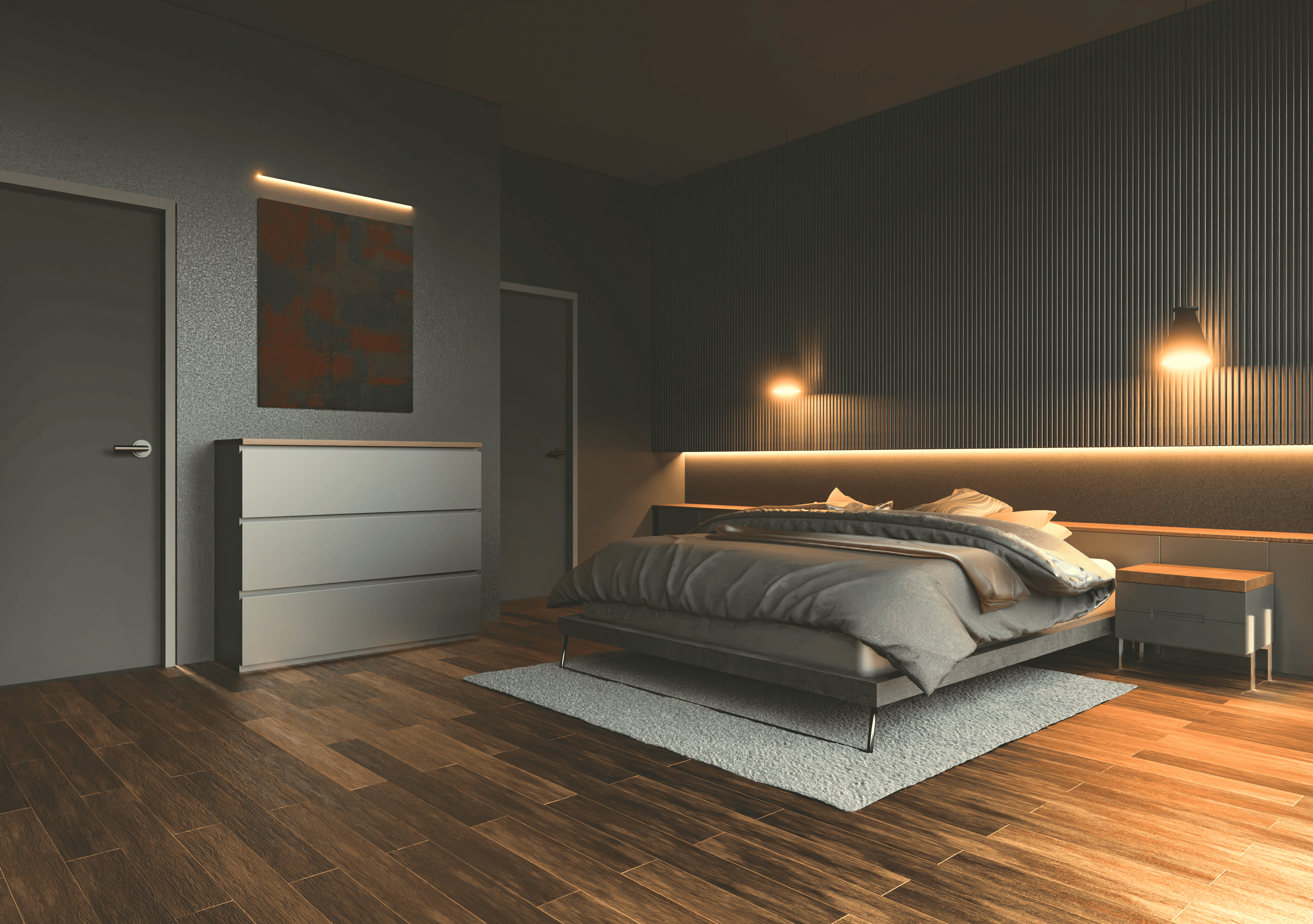Traditional design elements encompass the architectural and interior design features that have been developed and refined over centuries. These elements often reflect the cultural, historical, and environmental context of a particular region. In modern architecture and interiors, these traditional elements are being reinterpreted and integrated into contemporary designs, creating spaces that blend the old with the new.
The Appeal of Traditional Design Elements
Traditional design elements offer a timeless appeal that resonates with many people. They evoke a sense of history, craftsmanship, and authenticity that can add depth and character to modern spaces. Incorporating these elements into contemporary designs can create a unique aesthetic that honors the past while embracing the future. This approach not only preserves cultural heritage but also enhances the overall design narrative.
Architectural Features
Traditional architectural features, such as arches, columns, and decorative moldings, are often integrated into modern buildings to create a sense of grandeur and elegance. These elements can be adapted to contemporary designs, using modern materials and construction techniques. For example, the use of arches and vaulted ceilings can add a sense of openness and height to a space, while columns can serve as both structural and decorative elements.
Materials and Textures
The use of traditional materials and textures, such as wood, stone, and clay, adds warmth and authenticity to modern interiors. These materials can be used in innovative ways to create unique and tactile surfaces. For instance, reclaimed wood can be used for flooring, wall paneling, or furniture, adding a rustic charm to contemporary spaces. Stone and clay tiles can be incorporated into flooring, backsplashes, or accent walls, providing a connection to traditional craftsmanship.
Patterns and Motifs
Traditional patterns and motifs, such as geometric designs, floral patterns, and intricate carvings, can be incorporated into modern interiors through textiles, wallpapers, and decorative elements. These patterns add visual interest and cultural significance to a space. For example, incorporating traditional textile patterns into upholstery, curtains, or rugs can create a cohesive and culturally rich interior design. Modern designers often reinterpret these patterns with a contemporary twist, creating a fusion of old and new.
Furniture and Décor
Traditional furniture styles, such as mid-century modern, art deco, and rustic farmhouse, continue to inspire contemporary furniture design. These styles are characterized by their craftsmanship, functionality, and aesthetic appeal. Modern designers often draw inspiration from traditional furniture pieces, reimagining them with updated materials, finishes, and proportions. Additionally, incorporating antique or vintage furniture into modern interiors can create a sense of history and continuity.
Cultural Influences
Traditional design elements from various cultures around the world offer a rich source of inspiration for modern architecture and interiors. These elements can be adapted and integrated into contemporary designs to celebrate cultural diversity and heritage. For instance, traditional Japanese design principles, such as minimalism, natural materials, and a connection to nature, have influenced modern minimalist architecture and interiors. Similarly, Moroccan design elements, such as vibrant colors, intricate tile work, and ornate lanterns, can add an exotic and eclectic touch to contemporary spaces.
Sustainable Design
Traditional design elements often align with sustainable design principles, as they typically use locally sourced materials and techniques that are suited to the local climate and environment. By incorporating traditional elements into modern designs, architects and designers can promote sustainability and reduce environmental impact. For example, using traditional building techniques, such as adobe construction or timber framing, can create energy-efficient and environmentally friendly structures.
The Fusion of Traditional and Modern
The fusion of traditional and modern design elements creates spaces that are both timeless and contemporary. This approach allows for creativity and innovation, as designers reinterpret traditional elements in new and exciting ways. The juxtaposition of old and new creates a dynamic and layered aesthetic, adding depth and complexity to the design. This fusion also allows for the preservation of cultural heritage while meeting the needs and preferences of contemporary lifestyles.
Conclusion
Traditional design elements continue to inspire modern architecture and interiors, offering a rich source of aesthetic, cultural, and sustainable value. By integrating traditional features, materials, patterns, and cultural influences into contemporary designs, architects and designers can create spaces that honor the past while embracing the future. The fusion of traditional and modern design elements results in unique, timeless, and culturally rich environments that enhance the overall quality and character of urban spaces.
For more on INJ Architects:
